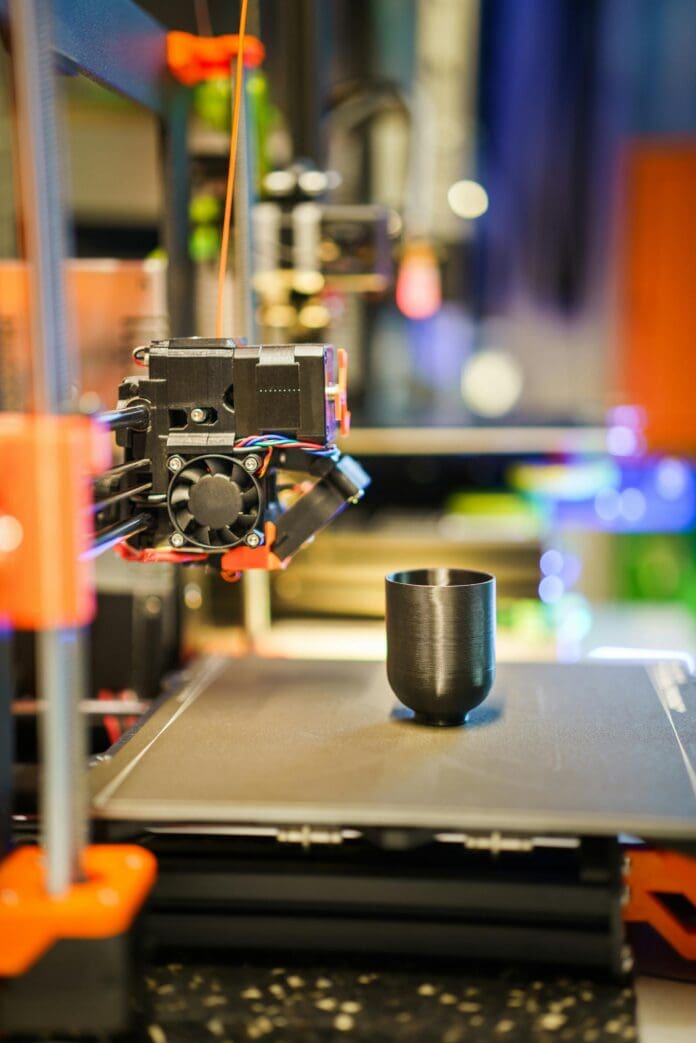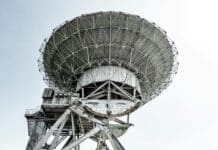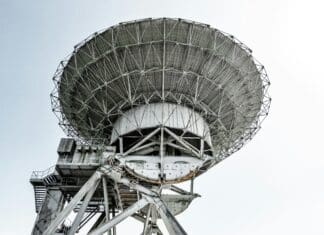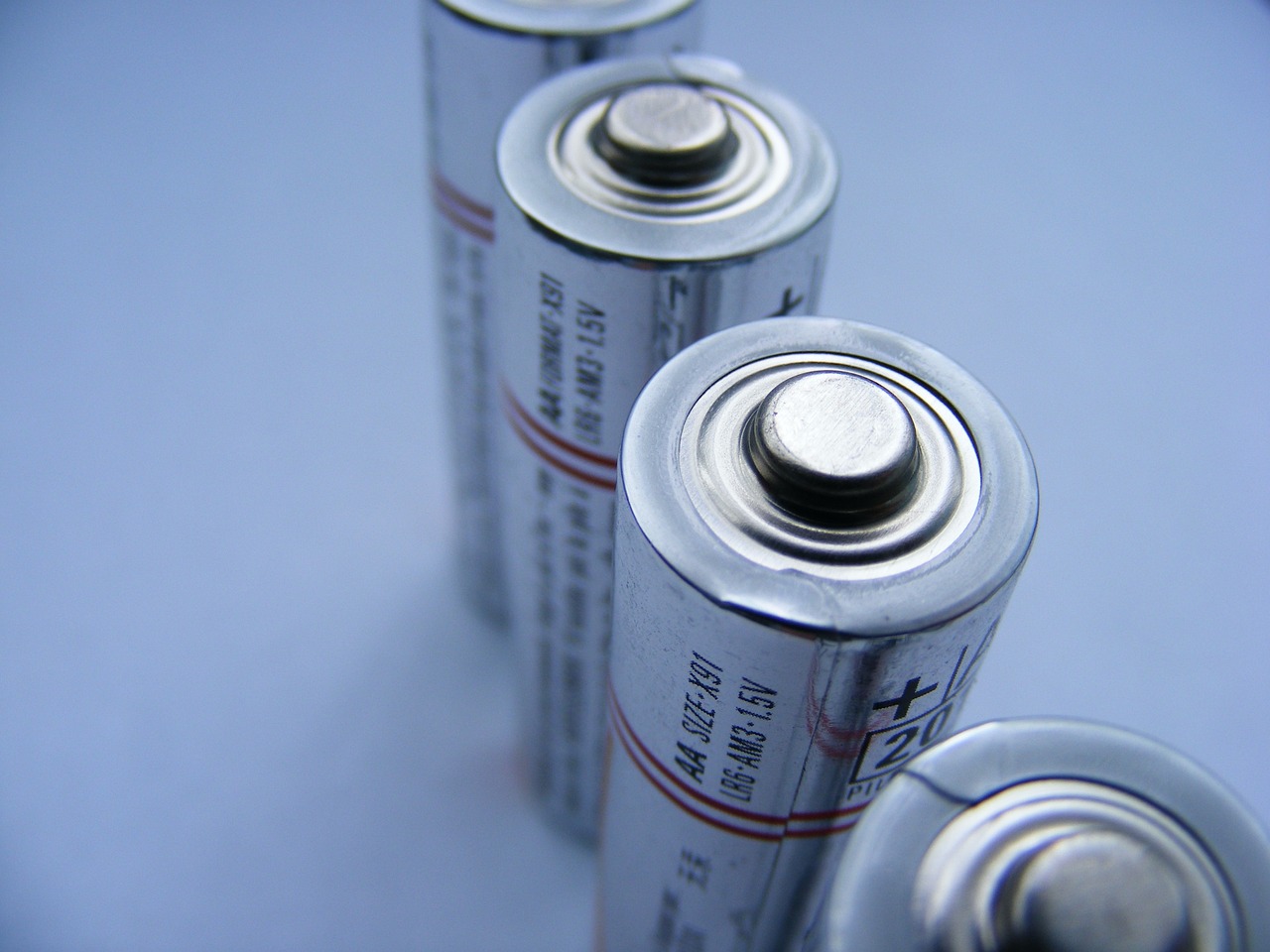This post is also available in:
 עברית (Hebrew)
עברית (Hebrew)
A new 3D printer developed by MIT’s researchers is offering a novel solution to tackle food waste by converting scraps into functional objects. The FOODres.AI Printer can turn everyday food waste into practical items like cups, coasters, and bowls, providing a new way to recycle materials that would otherwise end up in landfills.
This innovative technology uses artificial intelligence (AI) to analyze food waste. Users can take a photo of their scraps using a companion app, which identifies the materials and suggests items to print. The printer then mixes the identified food scraps with natural additives to create a printable bioplastic paste. This paste is fed into a robotic extruder system, which shapes it into the desired object.
One of the key features of this printer is its accessibility. Even those with no prior experience in 3D printing can use it with ease. The process is straightforward: simply input the scraps, choose a design from the app, and the printer does the rest, producing a tangible object at the push of a button. Additionally, users can customize their items based on the texture and color of the waste material used.
The environmental benefits of the FOODres.AI Printer are considerable. Food waste in the U.S. contributes significantly to CO₂ emissions. By repurposing food scraps into new items, the printer helps create a more sustainable circular system, reducing both waste and the negative impact on the environment.
Currently, MIT is testing this technology in a pilot project in Cambridge. This development is part of a growing trend in sustainable 3D printing, where various materials, including food waste, are being used to create eco-friendly products. In the future, the FOODres.AI Printer could help reduce waste on a larger scale, contributing to both sustainability and the fight against climate change.


























